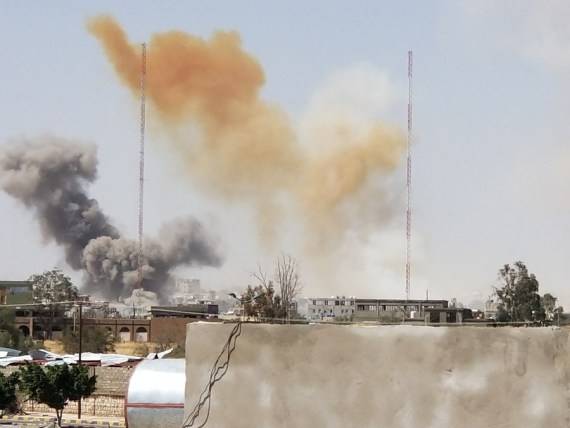The US military called it a “righteous strike” and officials have said that the drone attack in a dense area near Kabul airport was carried out after hours of surveillance on a white sedan…reports Asian Lite News
The US may have mistakenly targeted an aid worker rather than Islamic State fighters in a drone strike in Kabul, the capital of Afghanistan, which killed 10 people, The New York Times has reported using video analysis and interviews. According to the Pentagon, it foiled a new attack planned by the Islamic State through a Reaper drone strike on August 29 in the last known missile fired by the United States in its two-decade war in Afghanistan. The drone strike came the day before US troops ended their 20-year mission and following a deadly attack outside the Kabul airport, which killed 13 service members and at least 170 Afghans trying to escape the Taliban.
The US military called it a “righteous strike” and officials have said that the drone attack in a dense area near Kabul airport was carried out after hours of surveillance on a white sedan, which they thought was carrying explosives. However, the New York Times said its “investigation of video evidence, along with interviews with more than a dozen of the driver’s co-workers and family members in Kabul, raises doubts about the US version of events, including whether explosives were present in the vehicle, whether the driver had a connection to ISIS, and whether there was a second explosion after the missile struck the car.”
Ahmadi’s brother Romal told the Times that 10 members of their family, including seven children, were killed in the strike—Ahmadi and three of his children, Zamir, 20, Faisal, 16, and Farzad, 10; Ahmadi’s cousin Naser, 30; three of Romal’s children, Arwin, 7, Benyamin, 6, and Hayat, 2; and two 3-year-old girls, Malika and Somaya. However, the US said three people were killed in that drone strike on that day.
The New York Times said Ahmadi, 43, worked as an electrical engineer for California-based aid and lobbying group, Nutrition and Education International, since 2006. It reported the US military may have been seeing Ahmadi and a colleague loading canisters of water, which was in short supply after the collapse of the Western-backed government and picking up a laptop for his boss.
US officials say that a larger blast took place after the drone strike, showing that there were explosives in the vehicle. Times visual investigations team and a Times reporter examined the scene of the strike the morning after the drone strike and followed up with a second visit four days later. The report said they found no evidence of a second, more powerful explosion. “Experts who examined photos and videos pointed out that, although there was clear evidence of a missile strike and subsequent vehicle fire, there were no collapsed or blown-out walls, no destroyed vegetation, and only one dent in the entrance gate, indicating a single shock wave,” it said.

Leave a Reply